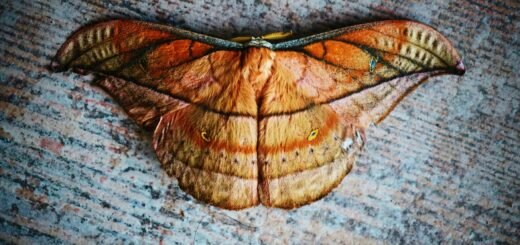50 Incredible Abilities of Insects
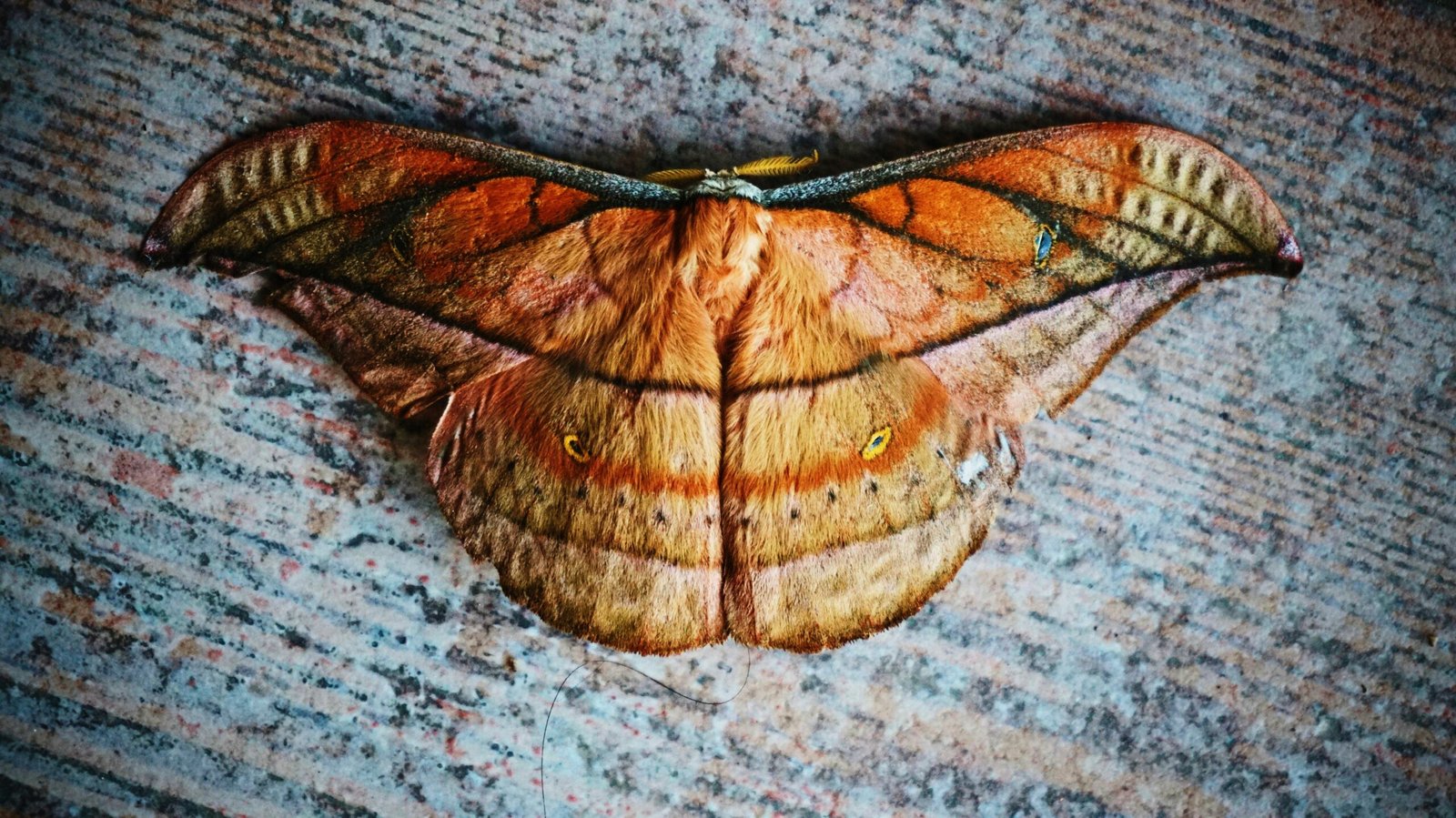
From lifting weights like Olympians to navigating by starlight and wielding chemical weapons, insects are nature’s most underappreciated superheroes. Despite their size, they dominate ecosystems and baffle scientists with abilities that seem lifted from science fiction. Here are 50 jaw-dropping feats performed by the smallest—and mightiest—creatures on Earth.
🐜 50–41: Strength and Structure
50. Ants Can Lift 50 Times Their Body Weight
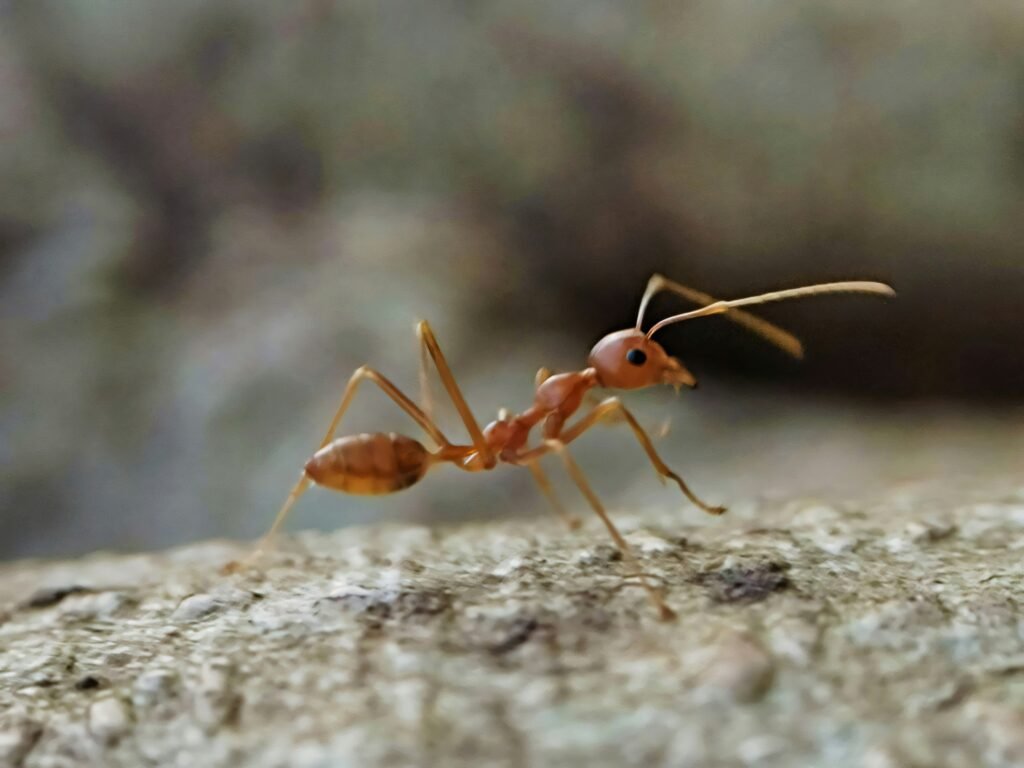
Relative to their size, ants are among the strongest creatures on the planet.
49. Dung Beetles Use the Milky Way to Navigate
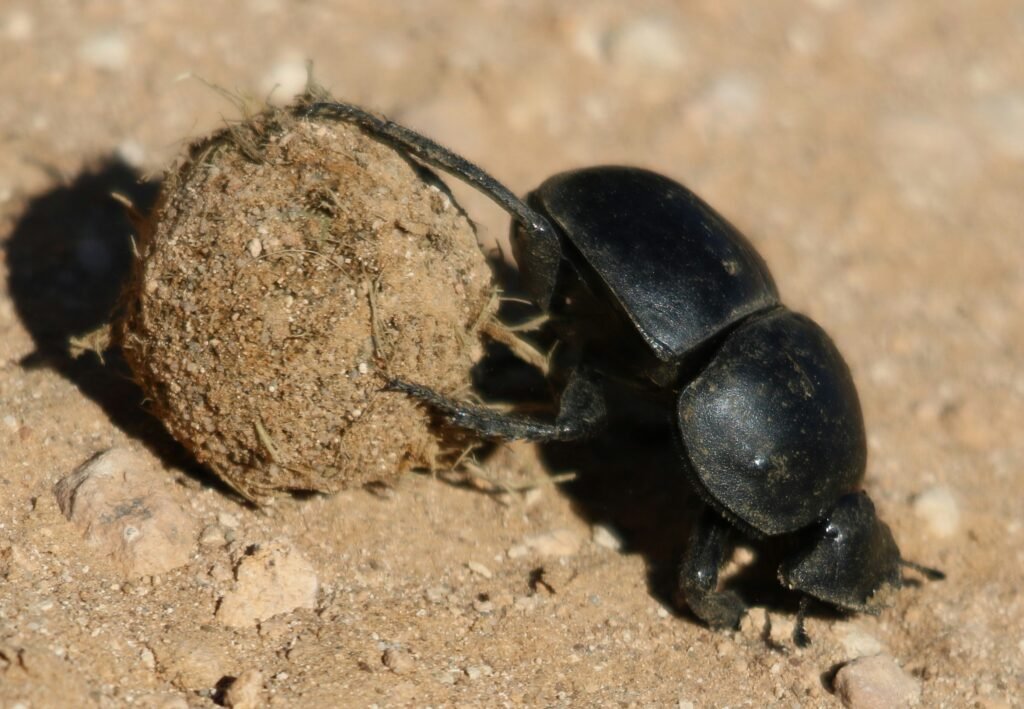
Yes, these poop rollers can orient themselves using the stars—especially the Milky Way.
48. Honeybees Build Perfect Hexagons
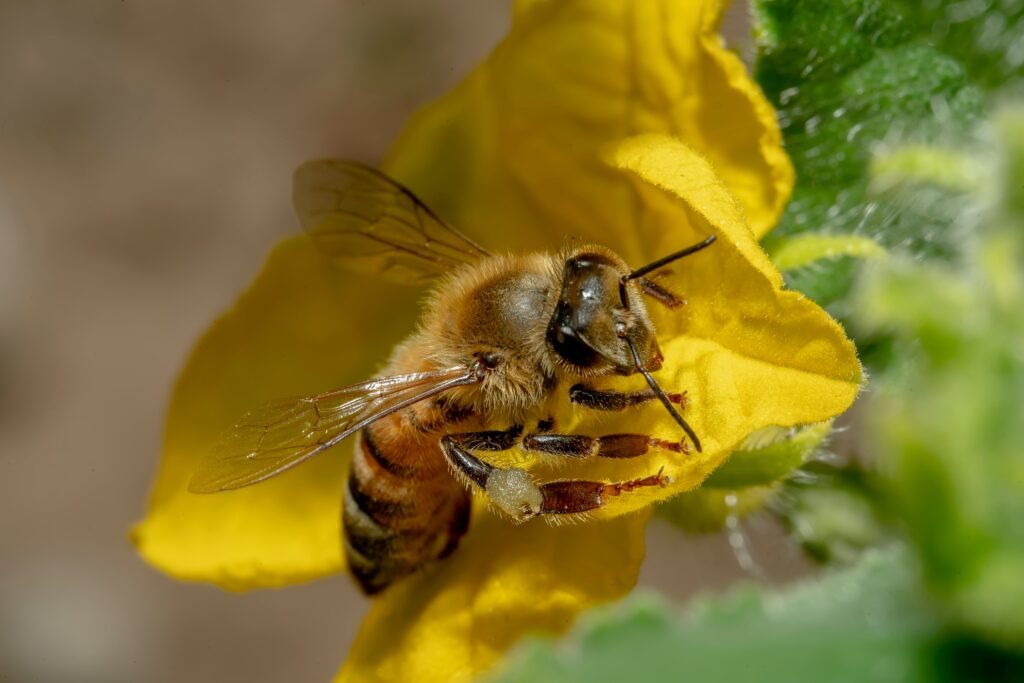
Their honeycombs are a geometric wonder, proven by mathematicians to be the most efficient shape.
47. Treehoppers Grow Fake Spines from Their Backs
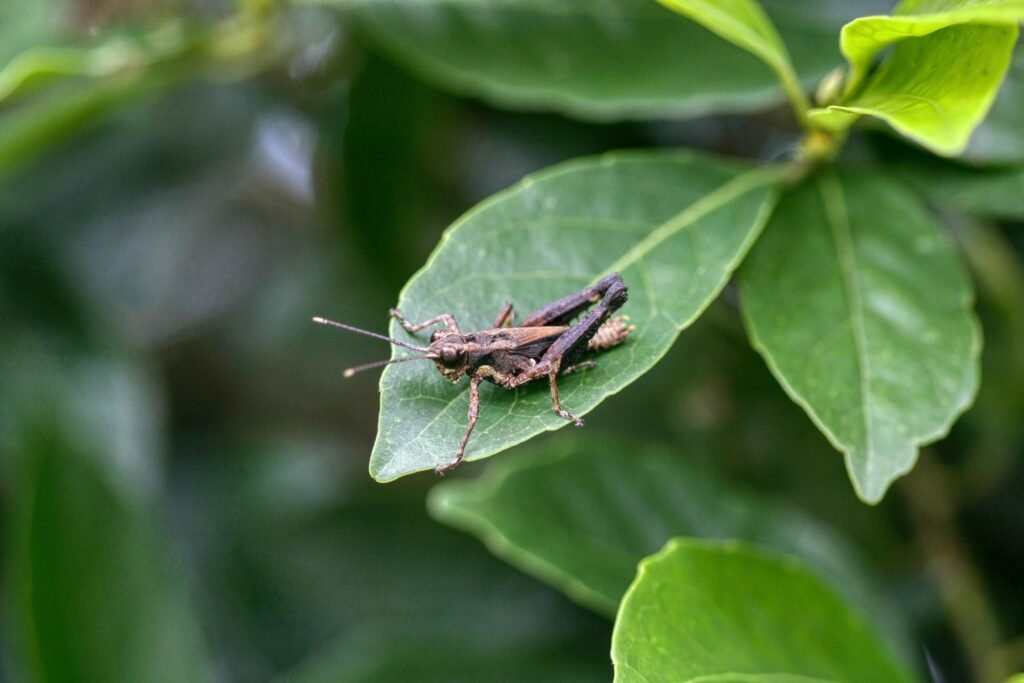
Their helmet-like structures are evolutionary remnants of a third wing pair.
46. Termites Build Air-Conditioned Skyscrapers
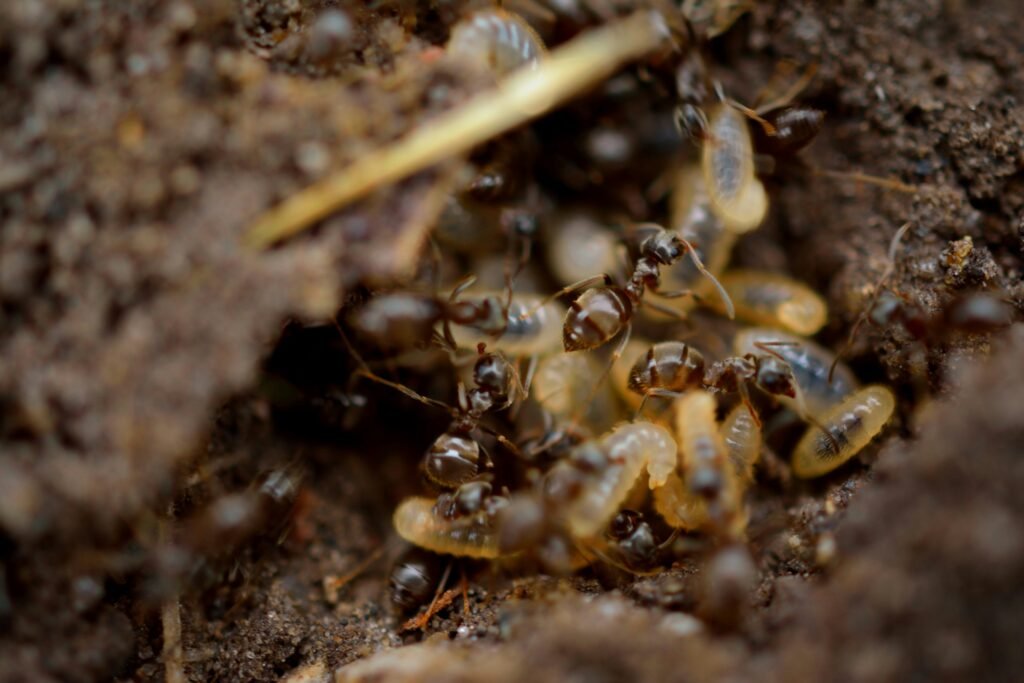
Their mounds regulate temperature, moisture, and CO₂ using complex ventilation.
45. Weaver Ants Construct Living Bridges
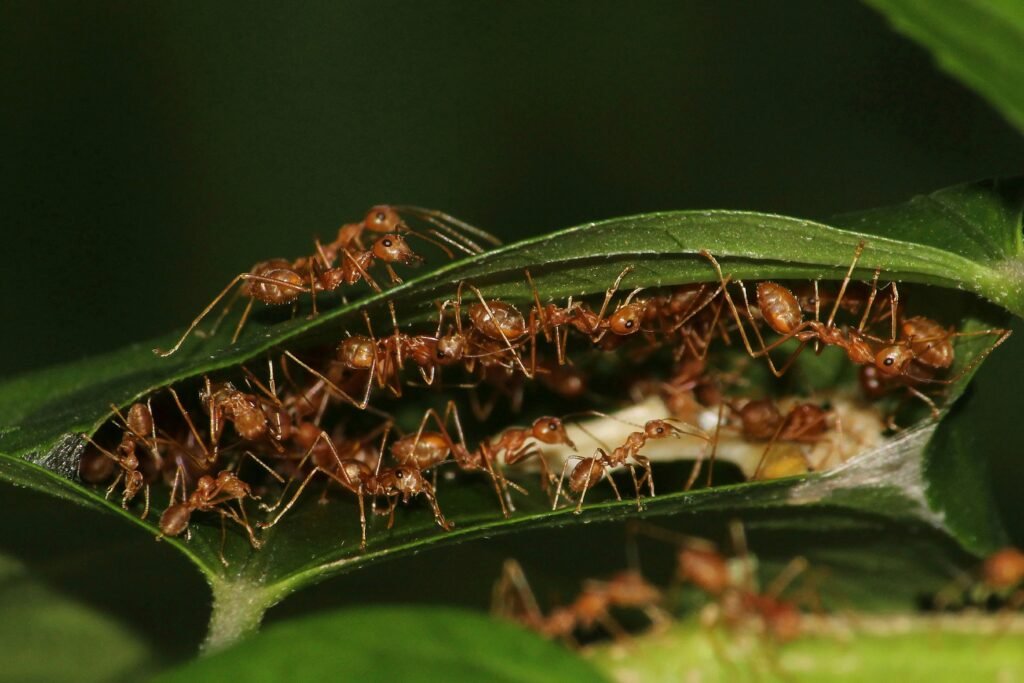
They link their bodies together to form bridges, ladders, and floating rafts.
44. Rhinoceros Beetles Are Nature’s Bulldozers
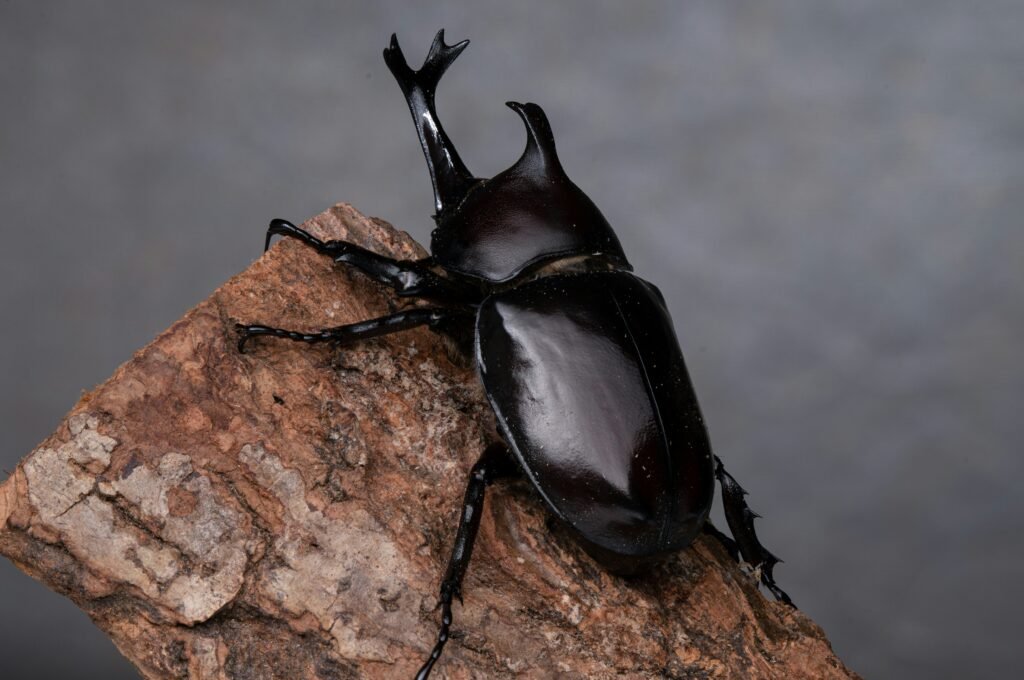
Able to push hundreds of times their body weight, they’re living forklifts.
43. Aphids Clone Themselves Asexually
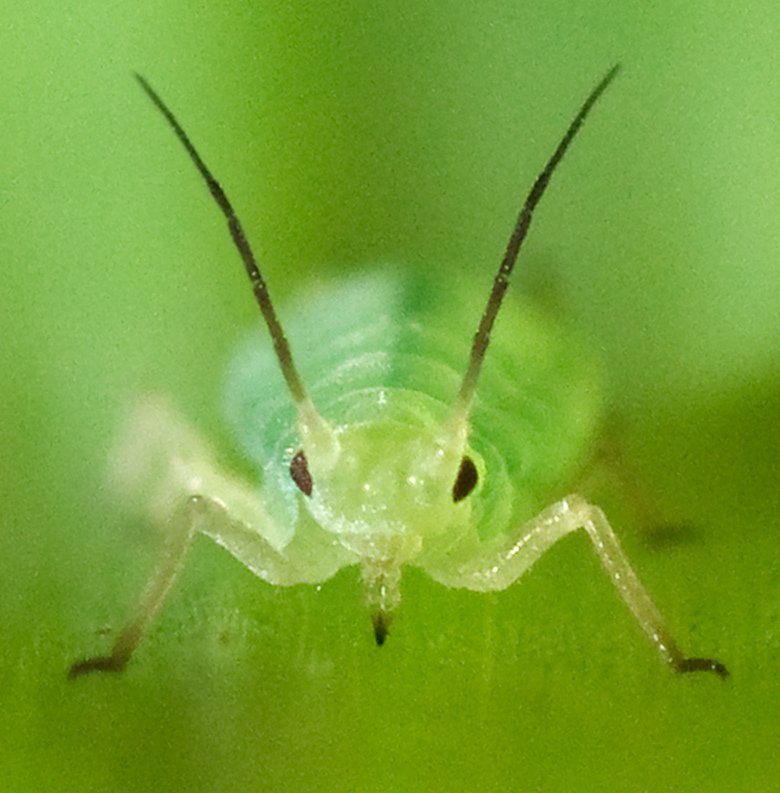
Some species give birth to living, walking clones—no mating required.
42. Stick Insects Regrow Lost Limbs
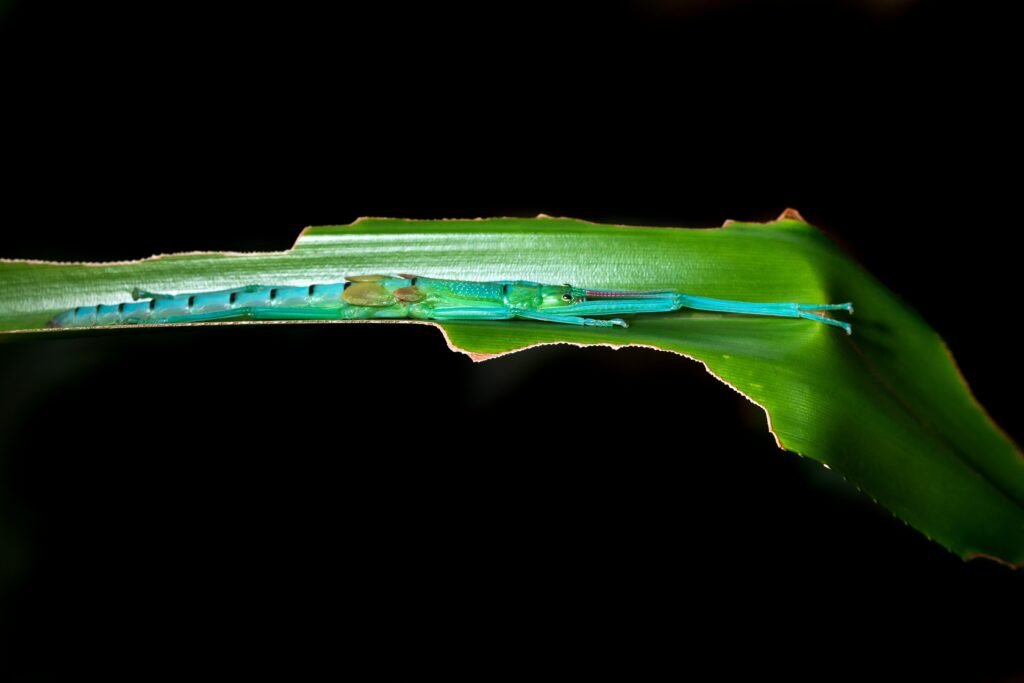
They can regenerate legs, even full antennae, over several molts.
41. Bombardier Beetles Spray Boiling Chemicals
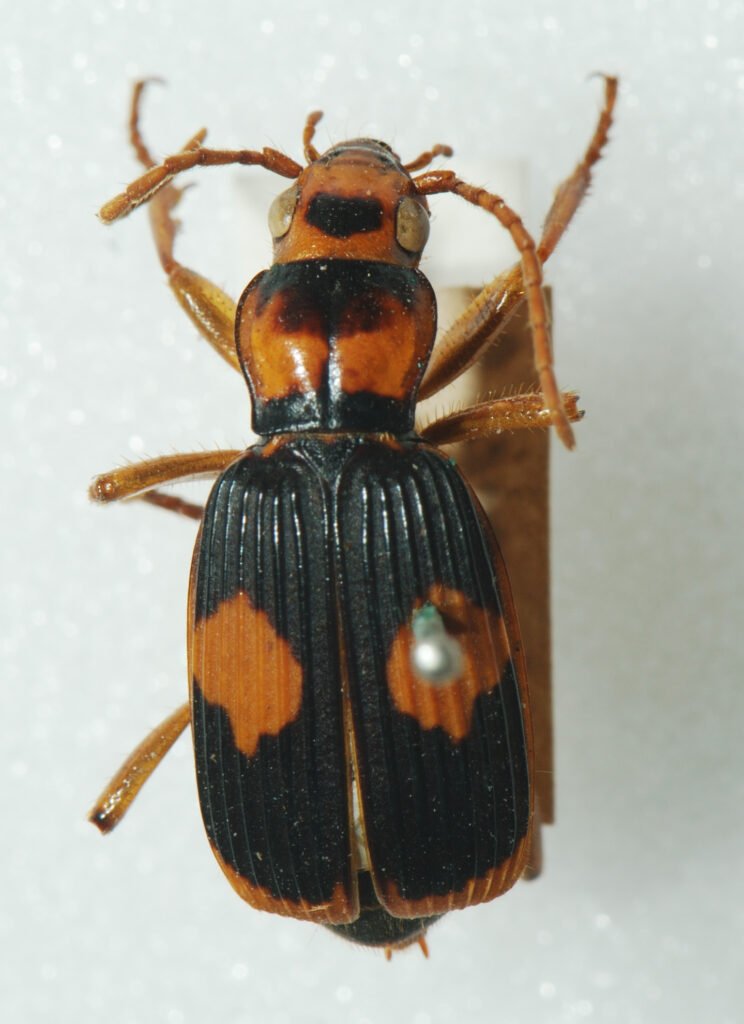
They produce and eject a near-boiling mix from their abdomen in rapid bursts.
🎗️ 40–31: Senses and Communication
40. Moths Can Detect Pheromones Miles Away
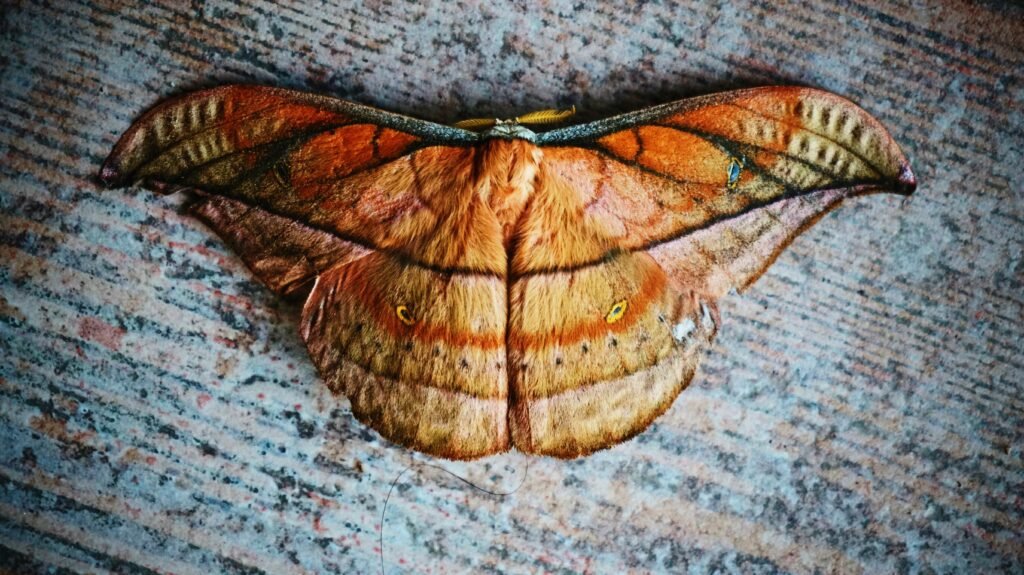
Male moths can smell females from up to 7 miles away.
39. Crickets “Chirp” Thermometers
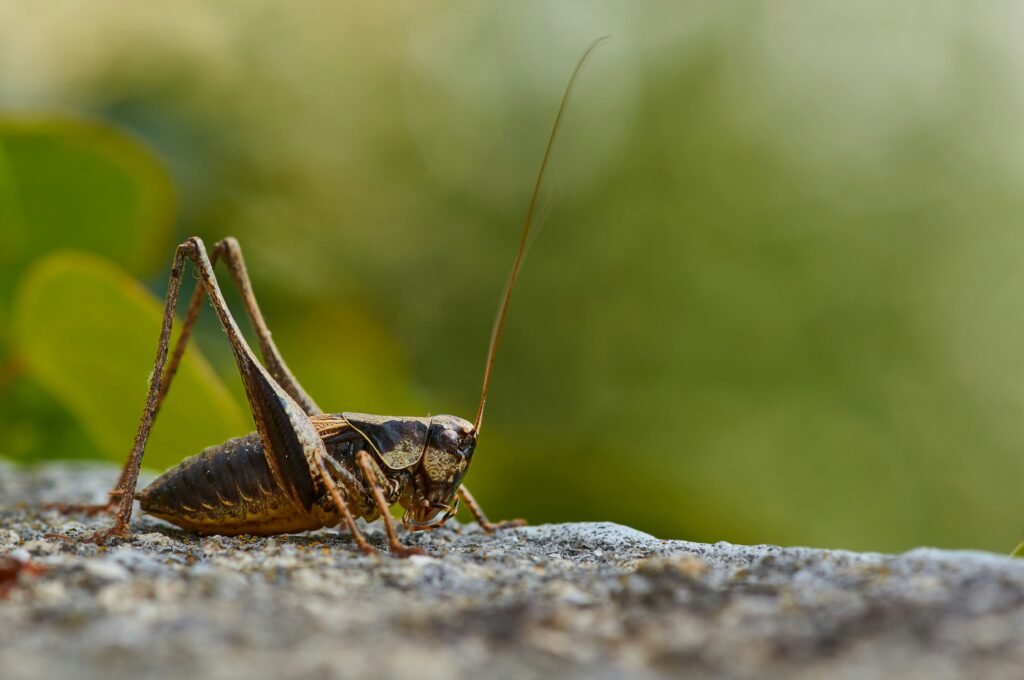
Their chirps increase with temperature. You can calculate the temp by counting chirps.
38. Ants Communicate with Scent Trails
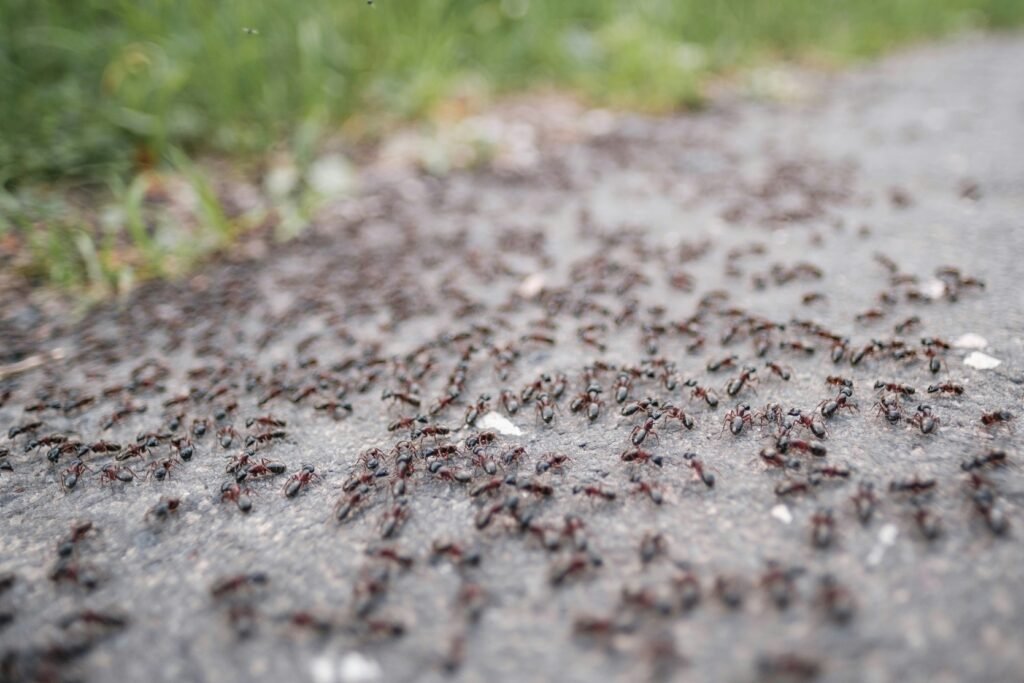
They leave chemical signals others can follow, including alerts, instructions, or food maps.
37. Fireflies Use Morse-Code-Like Light Signals
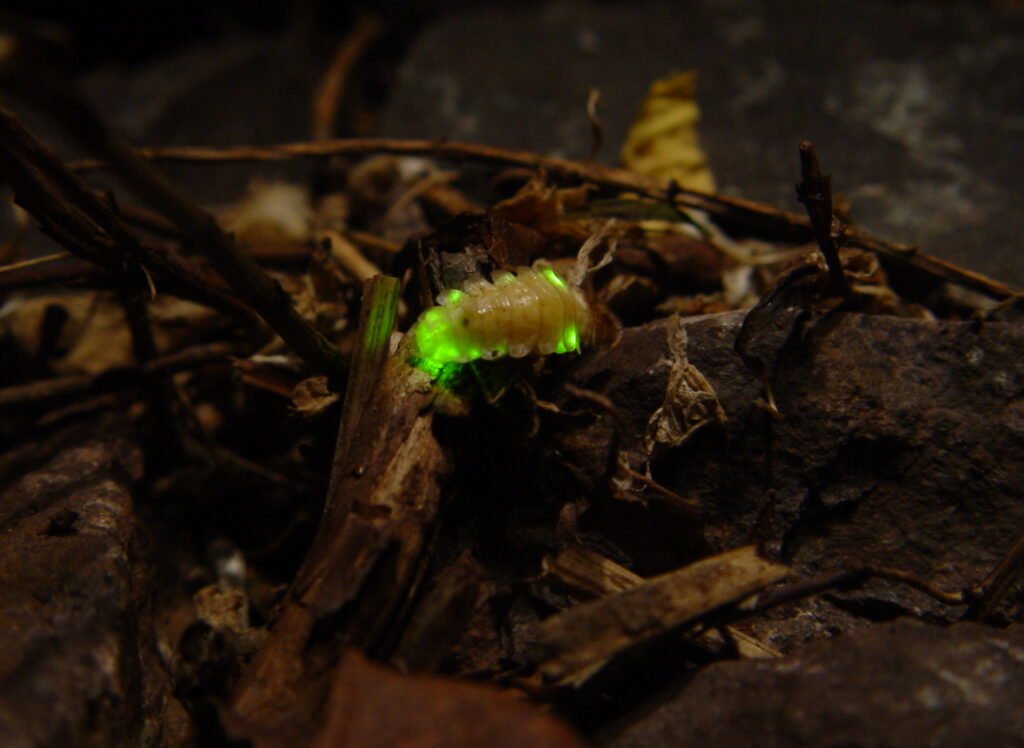
Each species has its own light rhythm to find mates—some even mimic others to lure victims.
36. Cicadas Have Built-In Amplifiers
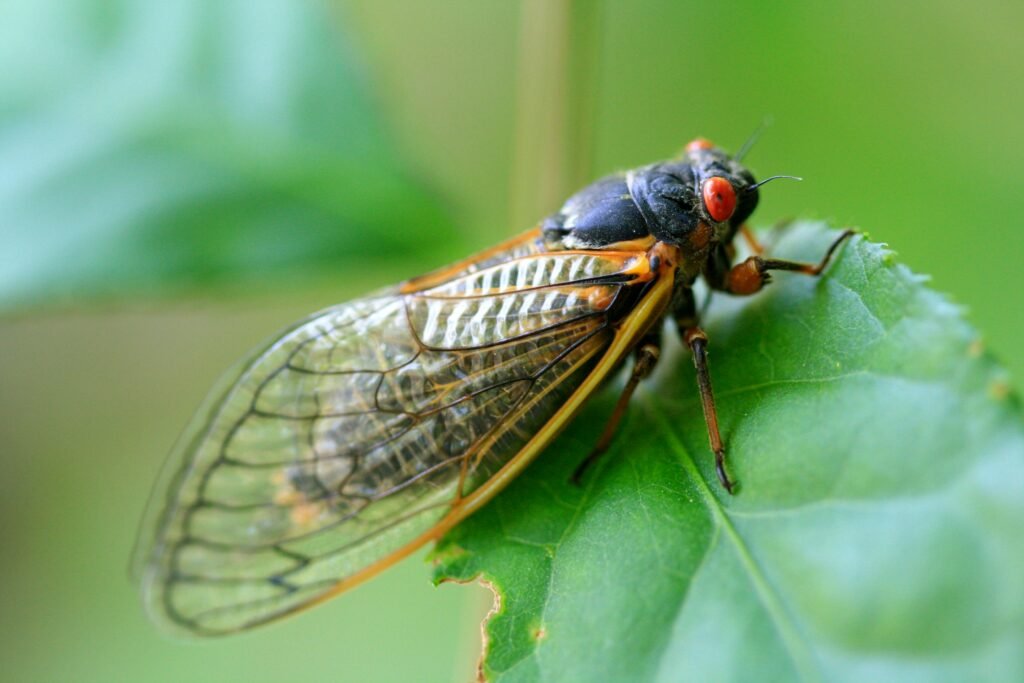
They use abdominal structures called tymbals to produce sound loud enough to damage human hearing.
35. Bees Dance to Talk

The “waggle dance” tells hive-mates where to find food, including direction and distance.
34. Some Butterflies Taste with Their Feet

They land on leaves and instantly “taste” them using receptors on their legs.
33. Tactile Communication in Antennal Drumming
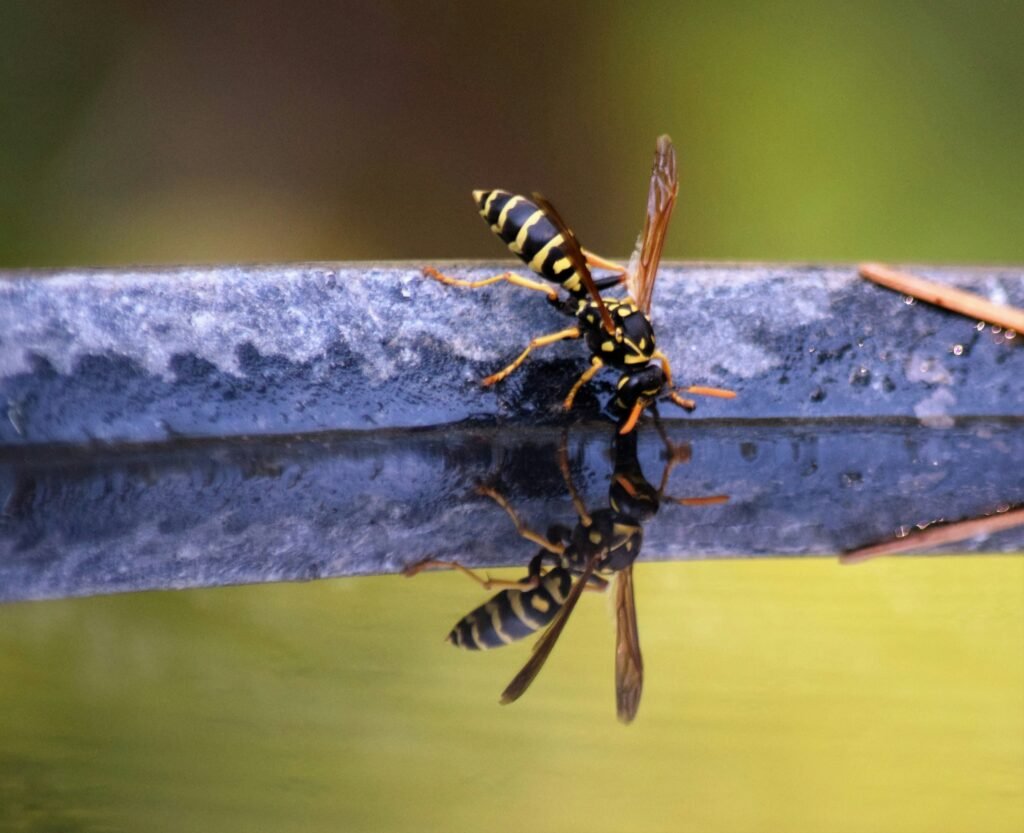
Some wasps and ants tap each other rhythmically to coordinate tasks.
32. Praying Mantises See in 3D
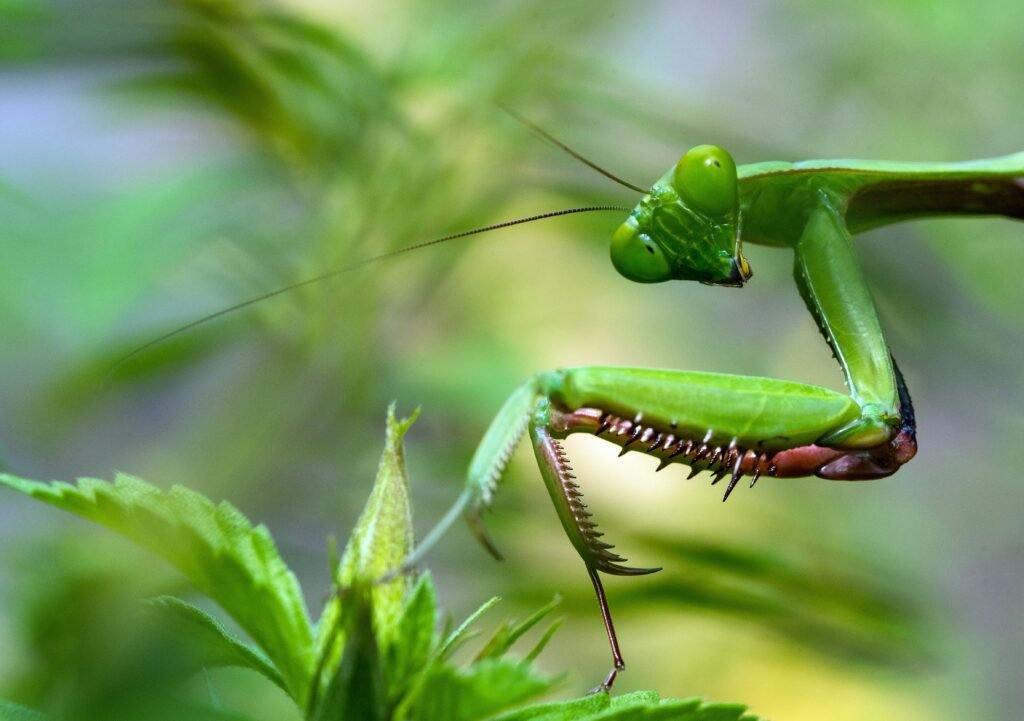
They are the only known invertebrates with stereo vision.
31. Hawk Moths Track Flowers Like Drones
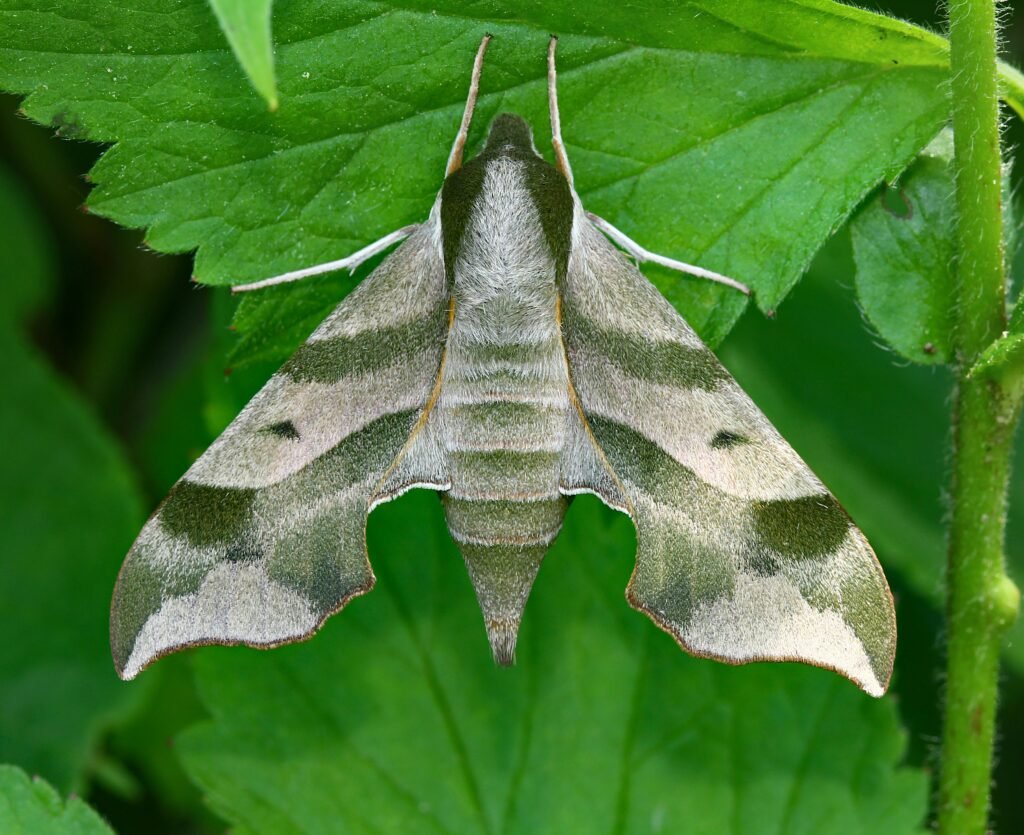
They lock onto moving flowers in windy environments with astonishing accuracy.
🐝 30–21: Survival Superpowers
30. Fleas Catapult Themselves 100x Their Height
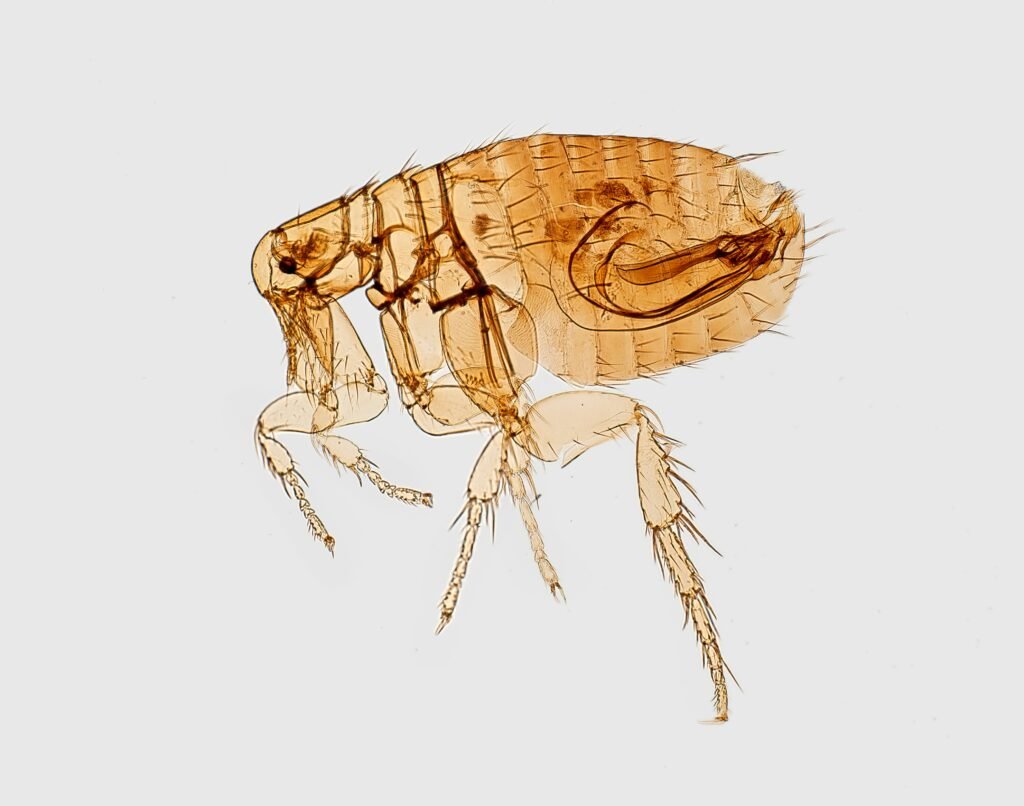
They use a protein called resilin to jump with explosive force.
29. Some Caterpillars Camouflage as Snake Heads
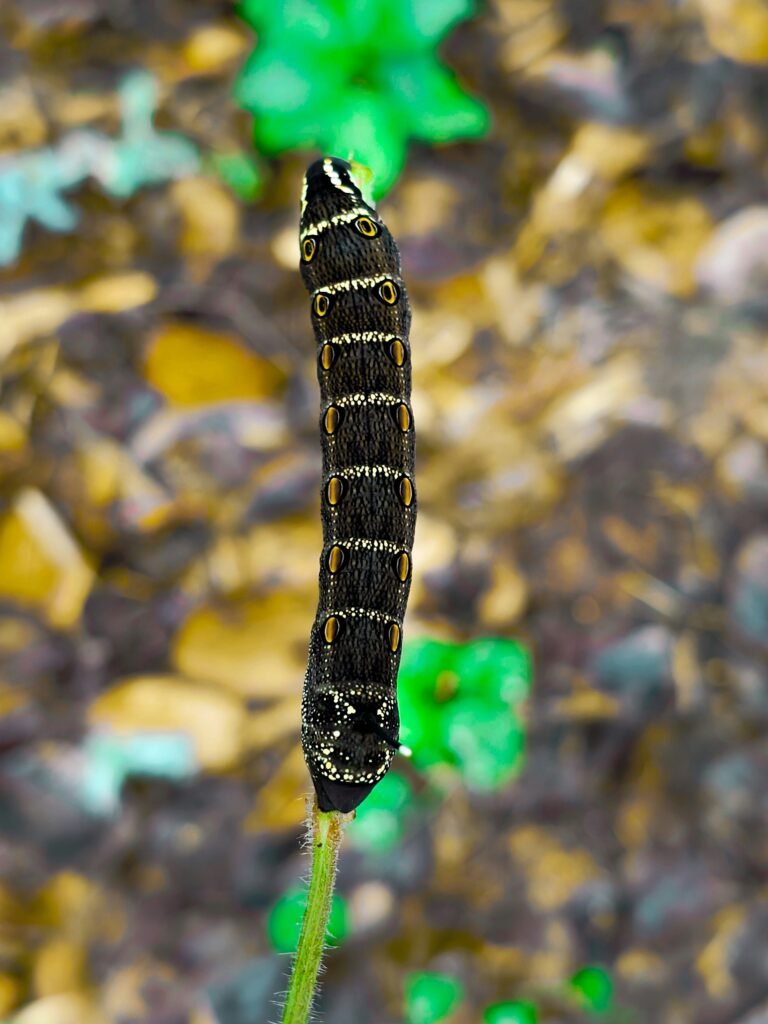
They puff up and flash patterns that mimic snake scales and eyes.
28. Wasps Turn Spiders into Zombies
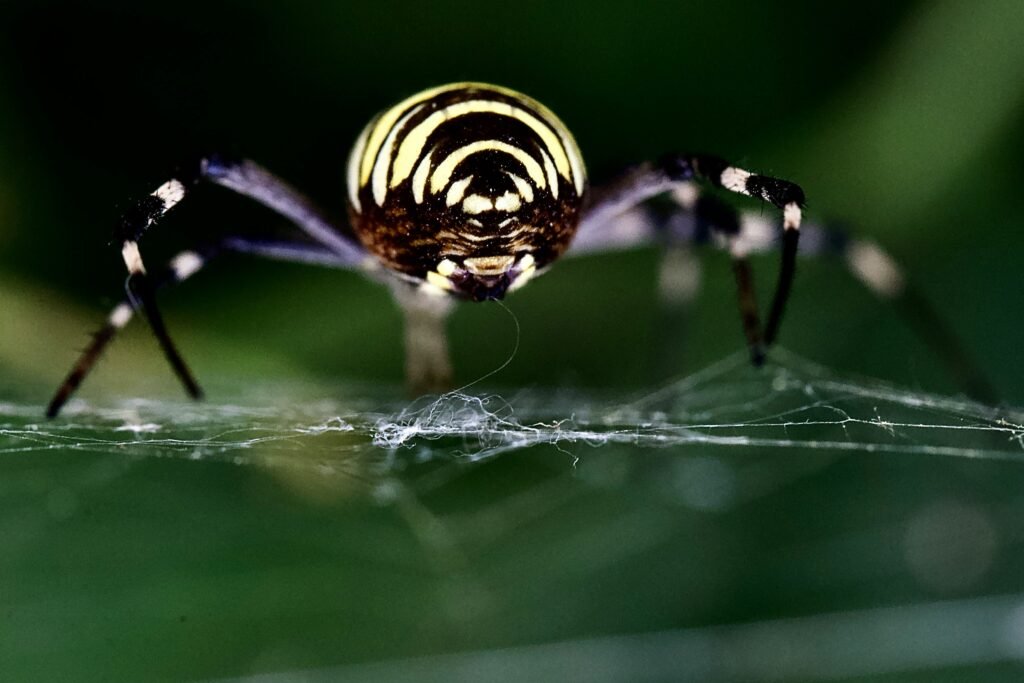
Certain parasitic wasps inject venom that forces spiders to spin death traps—for the wasp’s larvae.
27. Ladybugs Bleed From Their Knees When Threatened
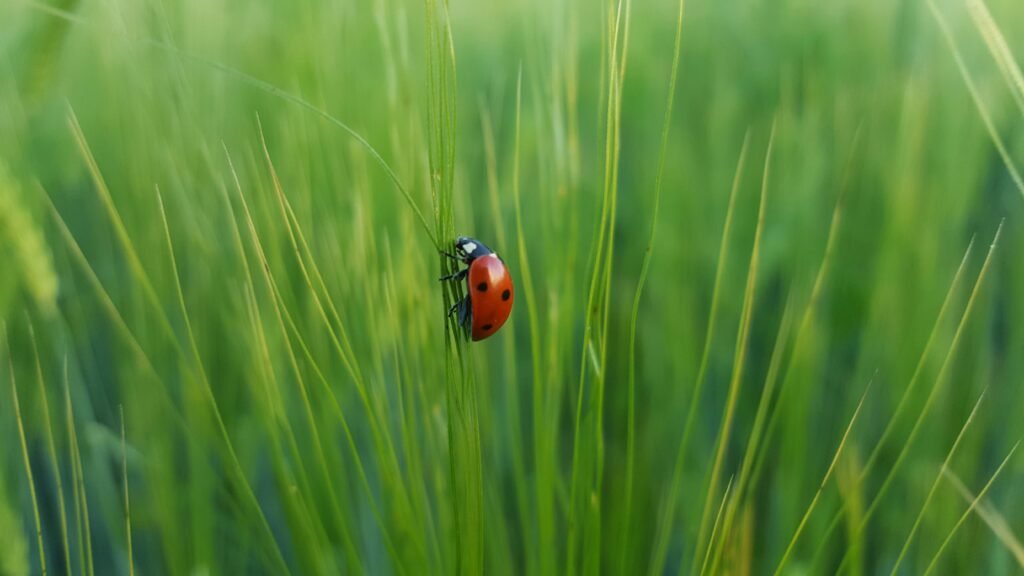
They release toxic fluid from their joints to deter predators.
26. Goliath Beetles Can Survive Being Run Over
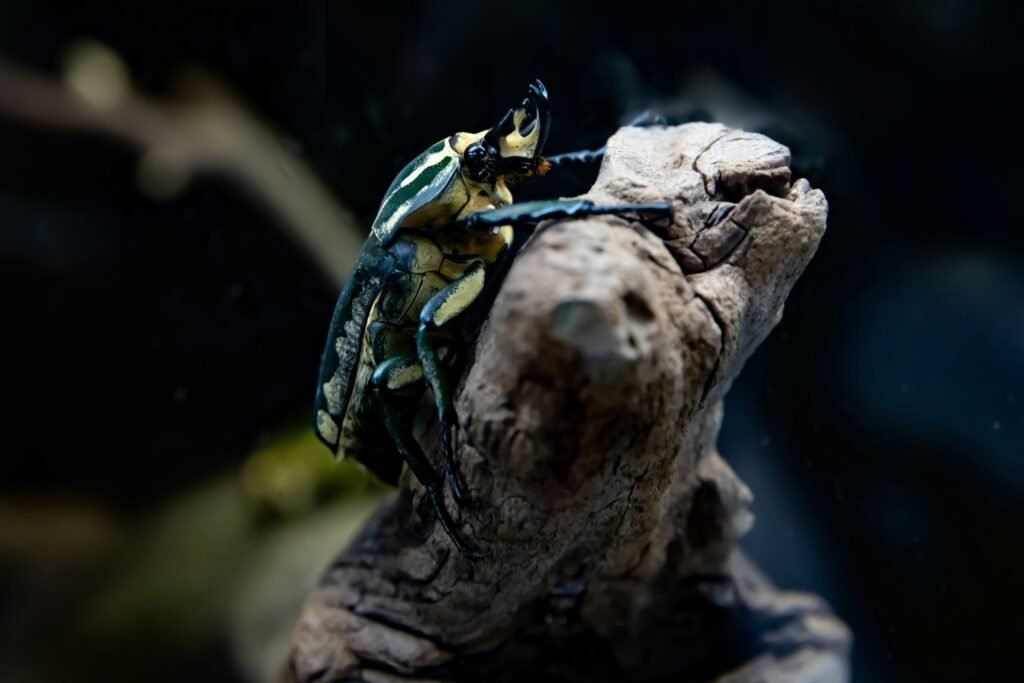
Their exoskeletons are so durable they can withstand serious compression forces.
25. Some Insects Survive Freezing Solid

Certain beetles survive frozen winters by producing antifreeze proteins.
24. Fire Ants Form Living Rafts
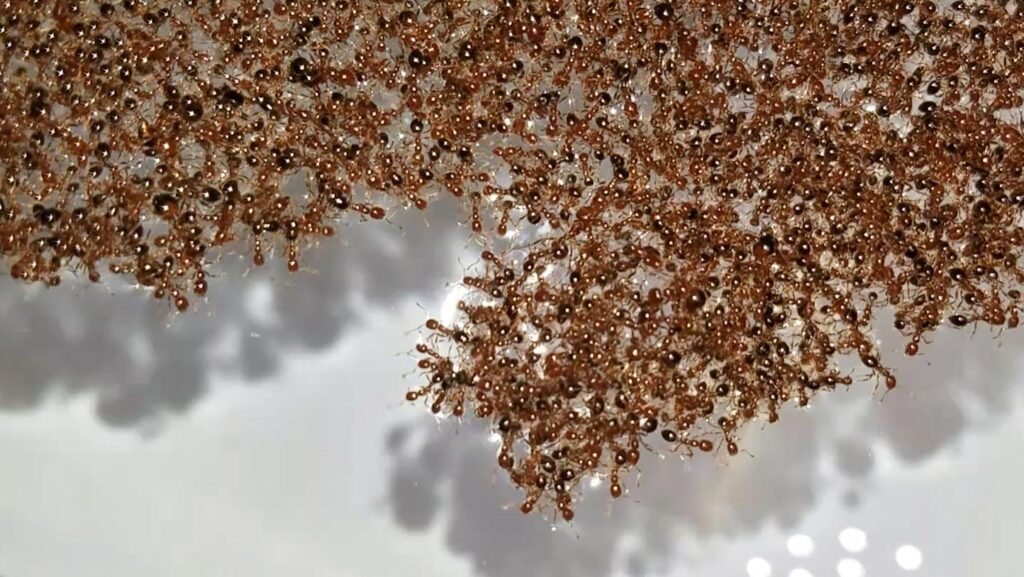
To survive floods, they link together into floating mats, often with the queen in the center.
23. Bark Beetles Listen to Tree Heartbeats
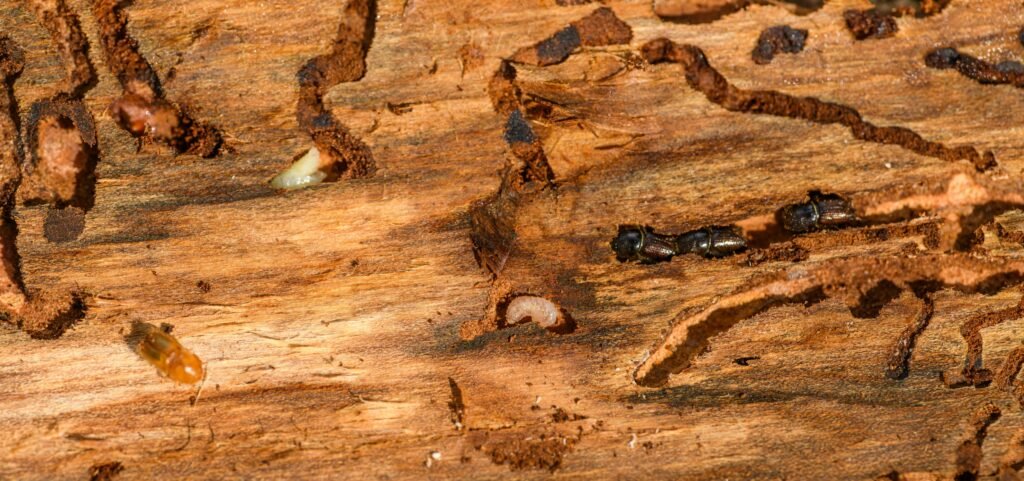
They “hear” changes in a tree’s internal water pressure to pick the best target.
22. Some Moths Jam Bat Sonar
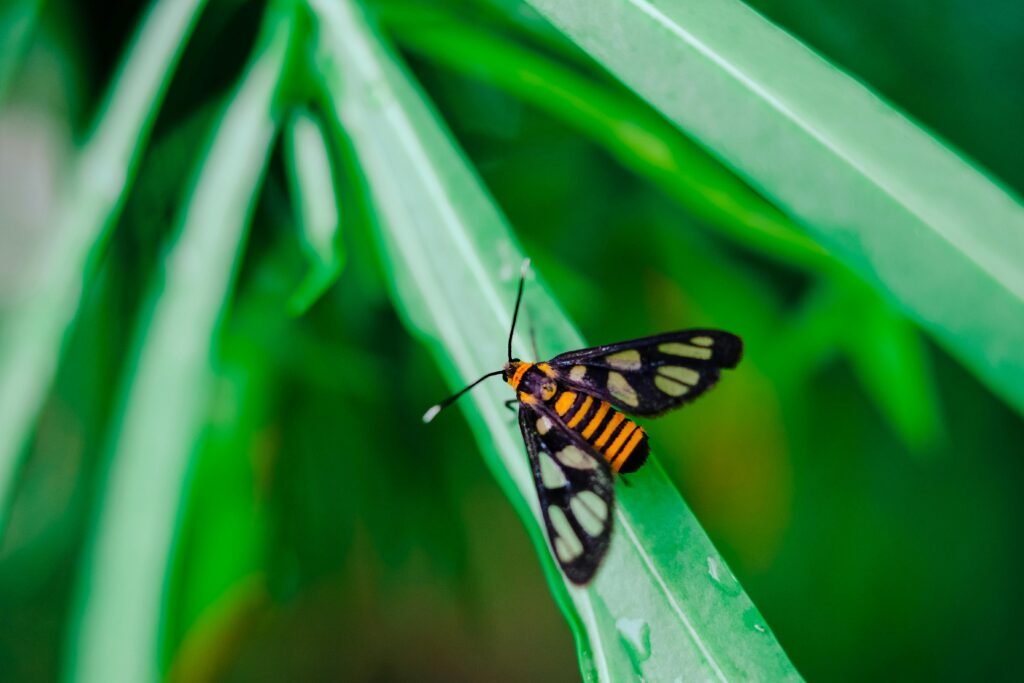
Tiger moths emit clicking sounds that interfere with bat echolocation.
21. Cockroaches Can Hold Their Breath for 40 Minutes
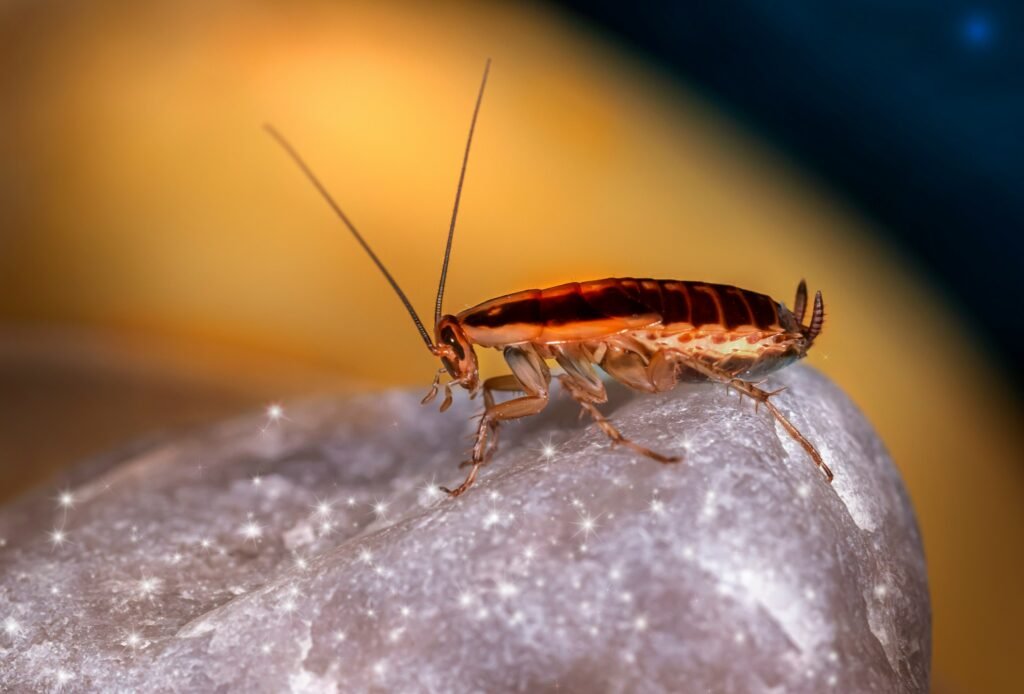
They regulate water loss and survive in oxygen-poor environments like champions.
🐞 20–11: Reproduction and Genetics
20. Queen Termites Live 25+ Years

One of the longest insect lifespans, producing thousands of eggs per day.
19. Male Midges Have Furry Antennae Just to Find Mates
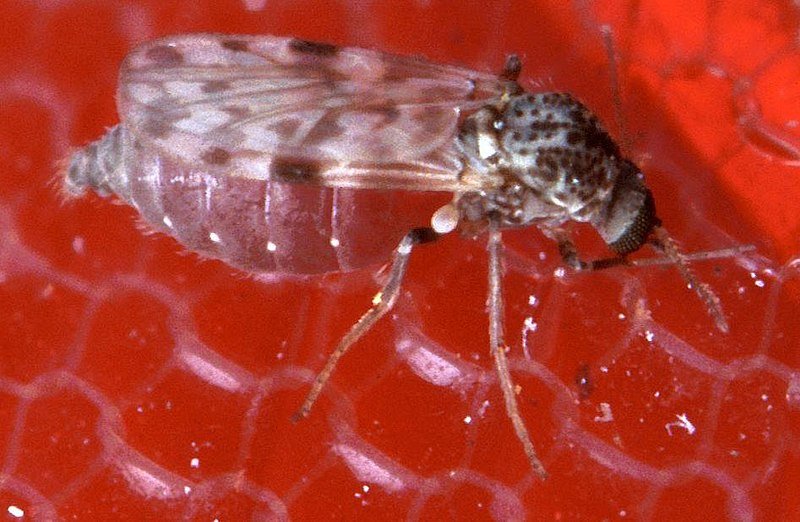
These ultra-sensitive “eyelash” antennas detect the faintest female signals.
18. Beetles Can Delay Fertilization
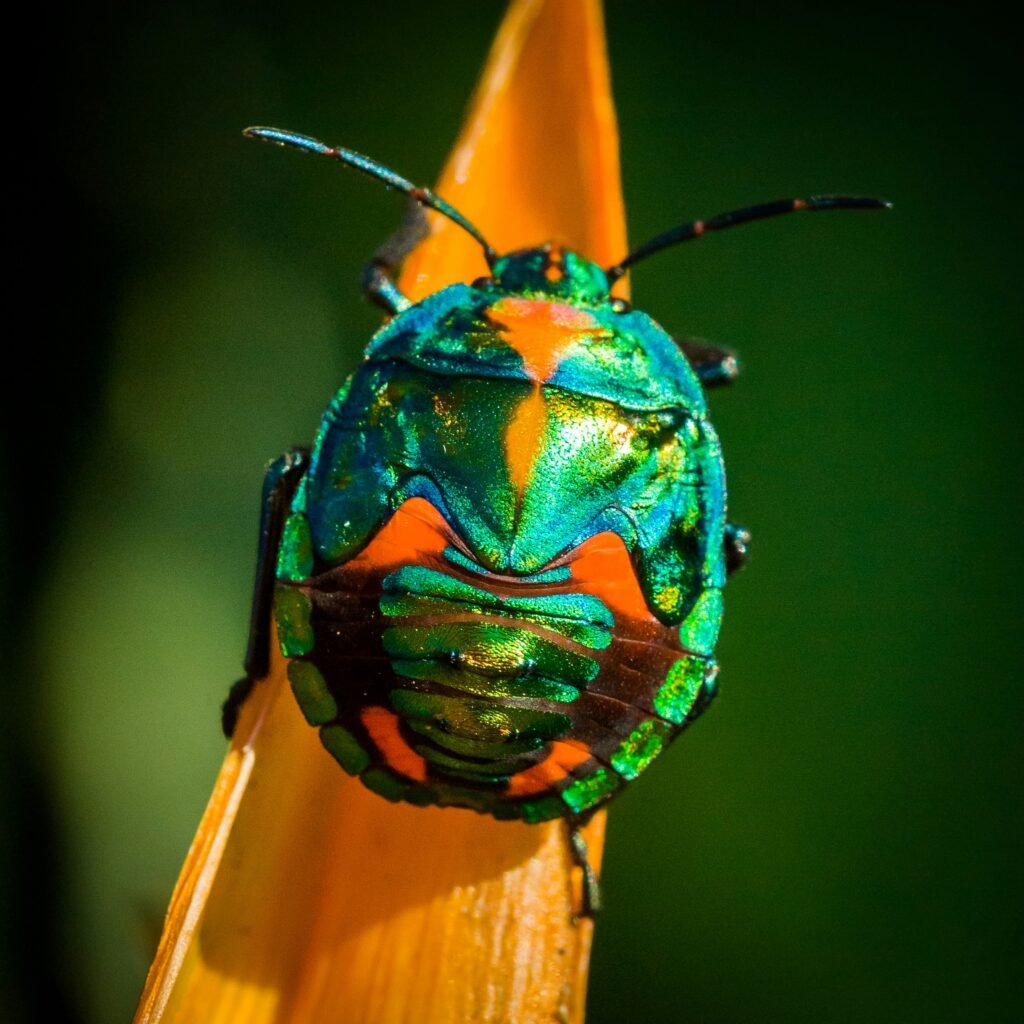
Females store sperm and decide later when to fertilize their eggs.
17. Some Insects Reproduce Without Males
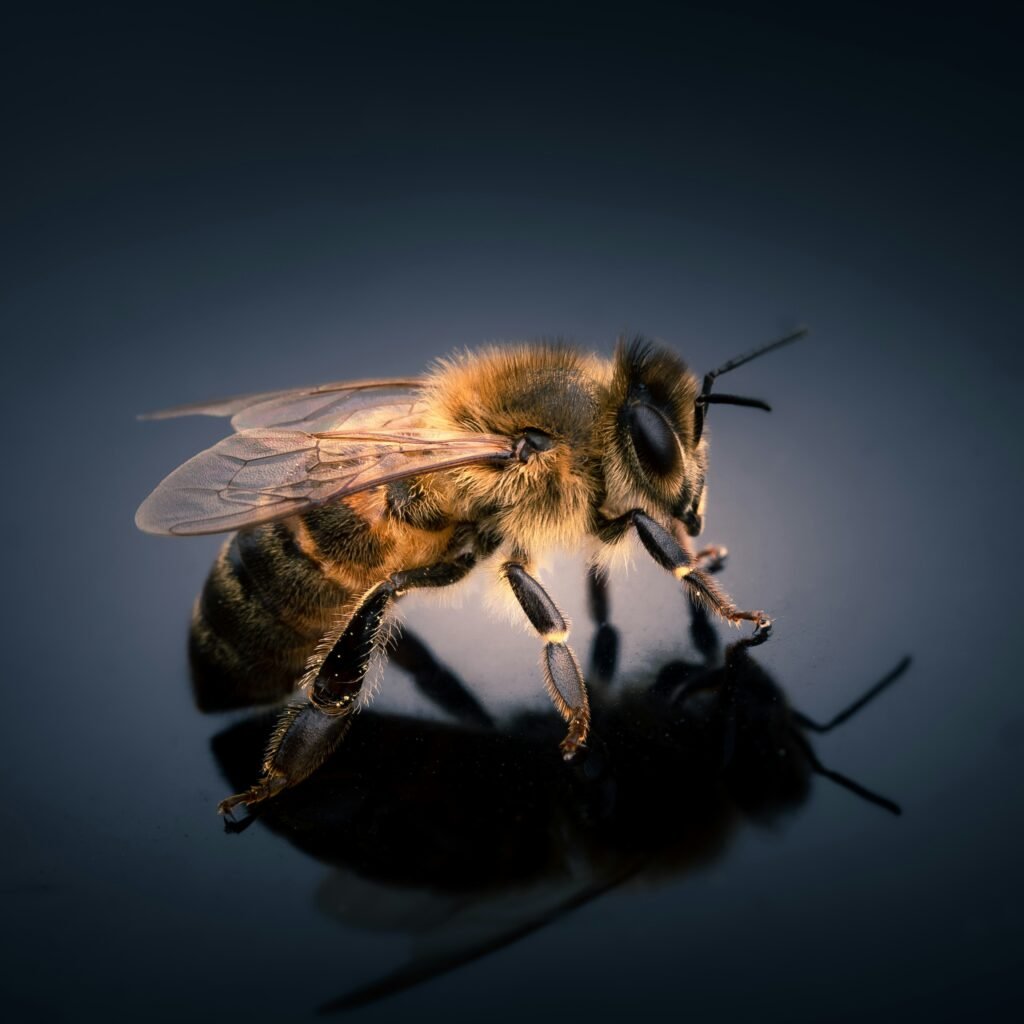
Parthenogenesis is common in stick insects, aphids, and certain bees.
16. Mayflies Live Only 24 Hours as Adults
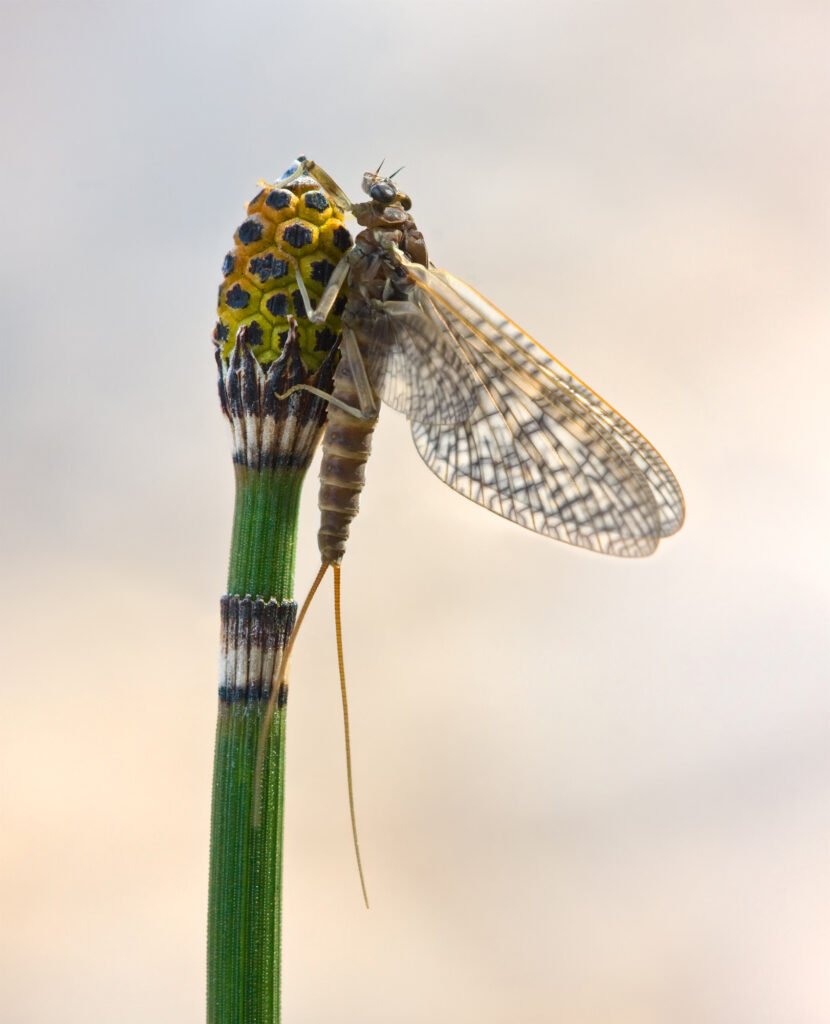
They spend years as larvae, only to live one day for mating.
15. Insects Use Vibrations to Signal Inside Trees
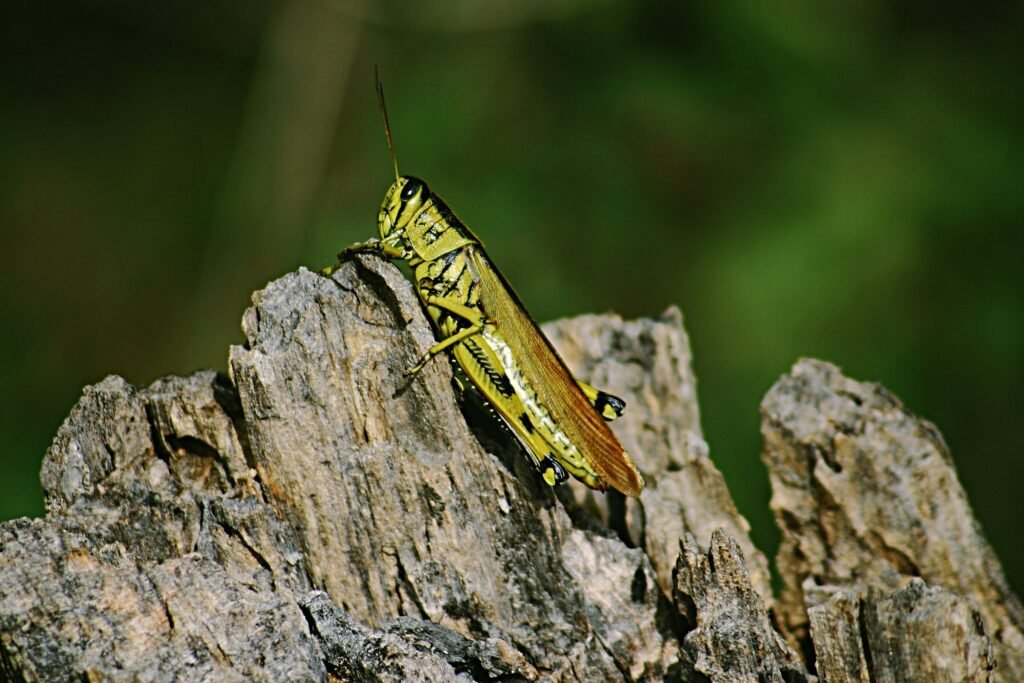
Treehoppers and others use body vibrations to send messages through wood.
14. Army Ants Build Temporary Supercolonies
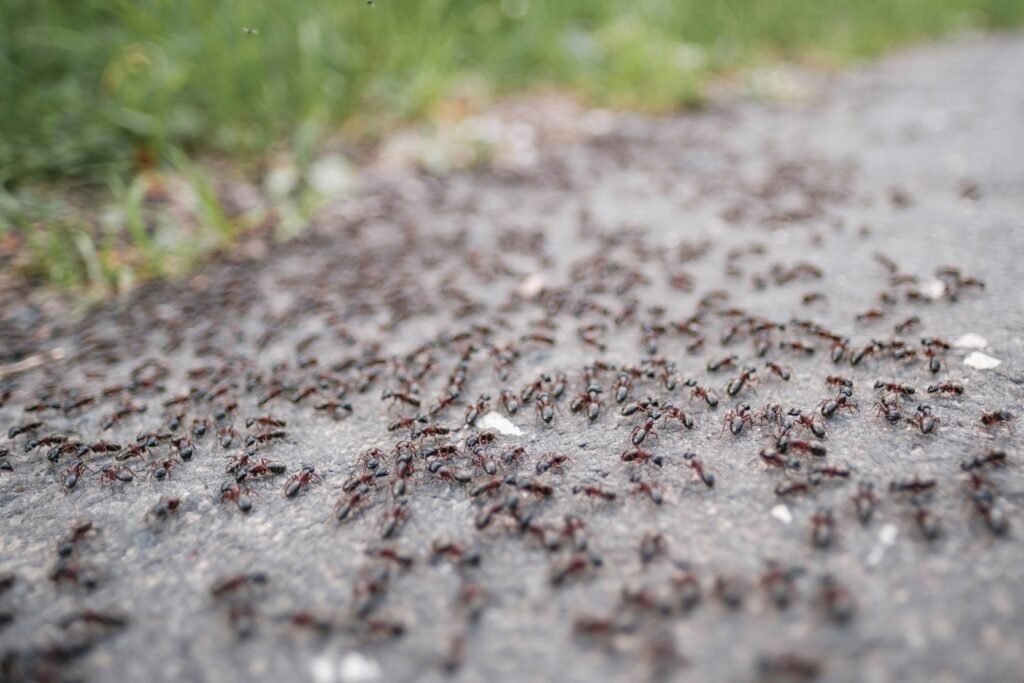
Millions of ants march and form living bivouacs that move each night.
13. Parasitoid Wasps Reprogram Hosts
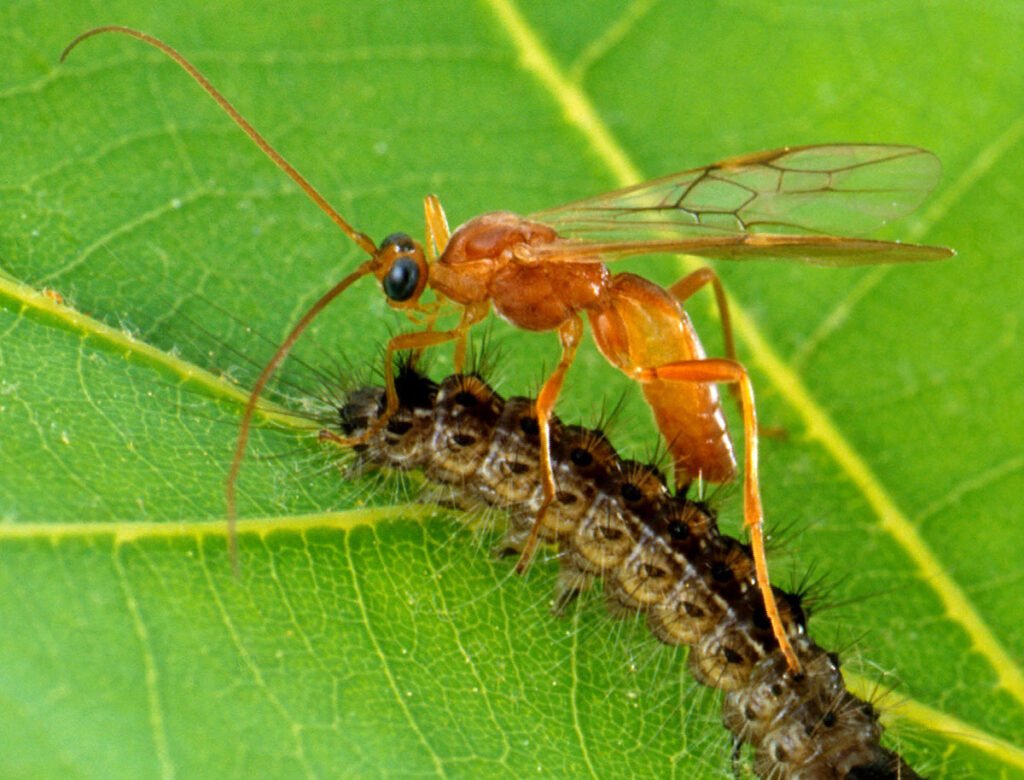
Their larvae release chemicals that alter host behavior—like a real-life mind virus.
12. Fruit Flies Can “Feel” Magnetic Fields

They use cryptochrome proteins to detect and respond to magnetic signals.
11. Some Insects Commit Suicide for the Hive
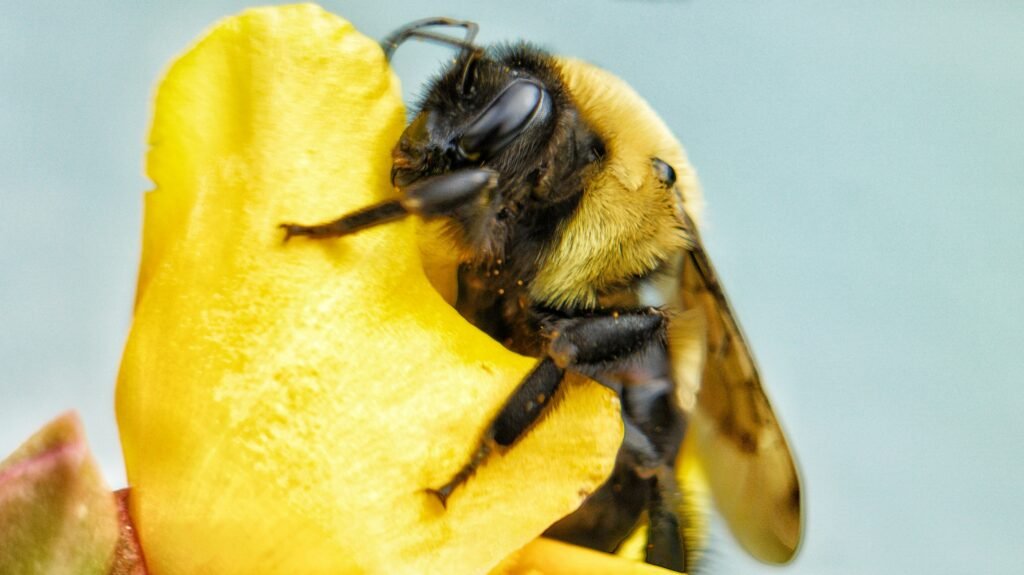
Japanese honeybees cook invading hornets alive by swarming them and vibrating.
🐛 10–1: Top-Tier Powers of Insect Kind
10. Ants Farm and Herd Other Insects
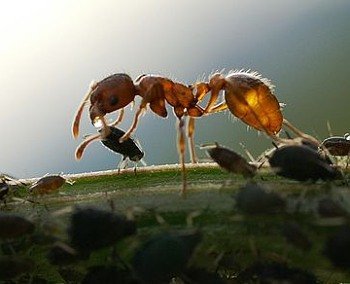
They raise aphids for honeydew, milking them like cattle and defending them fiercely.
9. Cicadas Operate on 13- and 17-Year Timers

These prime-numbered life cycles help them avoid synchronizing with predators.
8. Green Lacewings Use Vibrational “Love Songs”

Each male sings a different beat pattern with his abdomen to woo a mate.
7. Dragonflies Hunt with 95% Accuracy
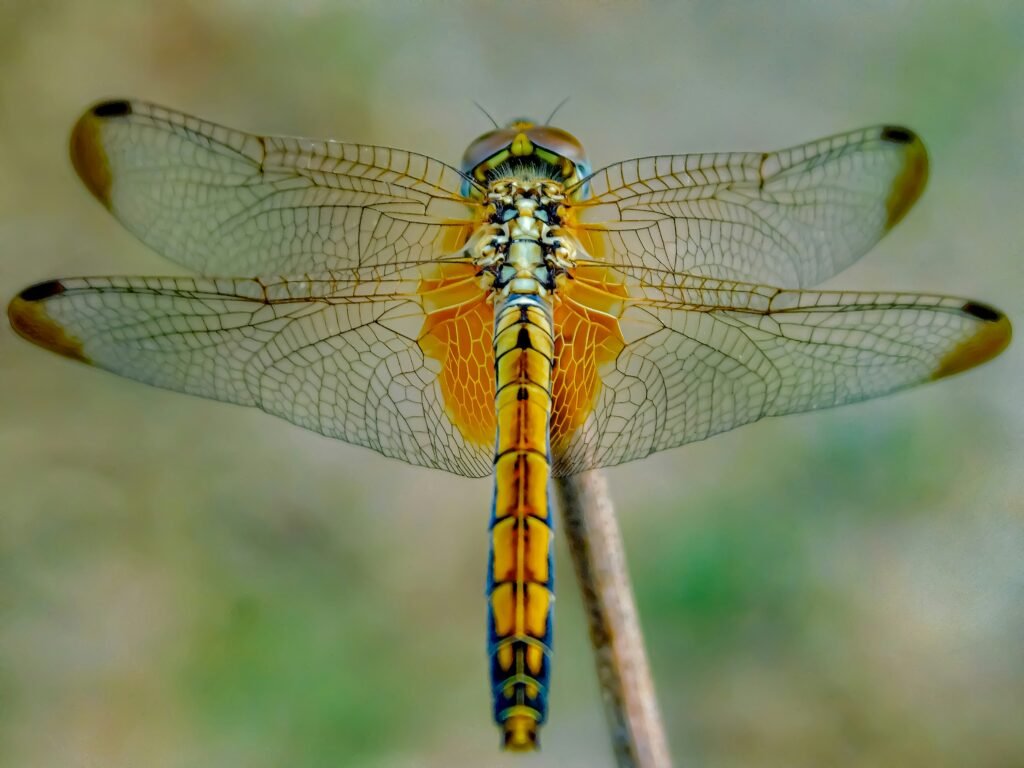
They predict prey movement mid-air and adjust in milliseconds—better than fighter pilots.
6. Some Insects Survive in Nuclear Zones
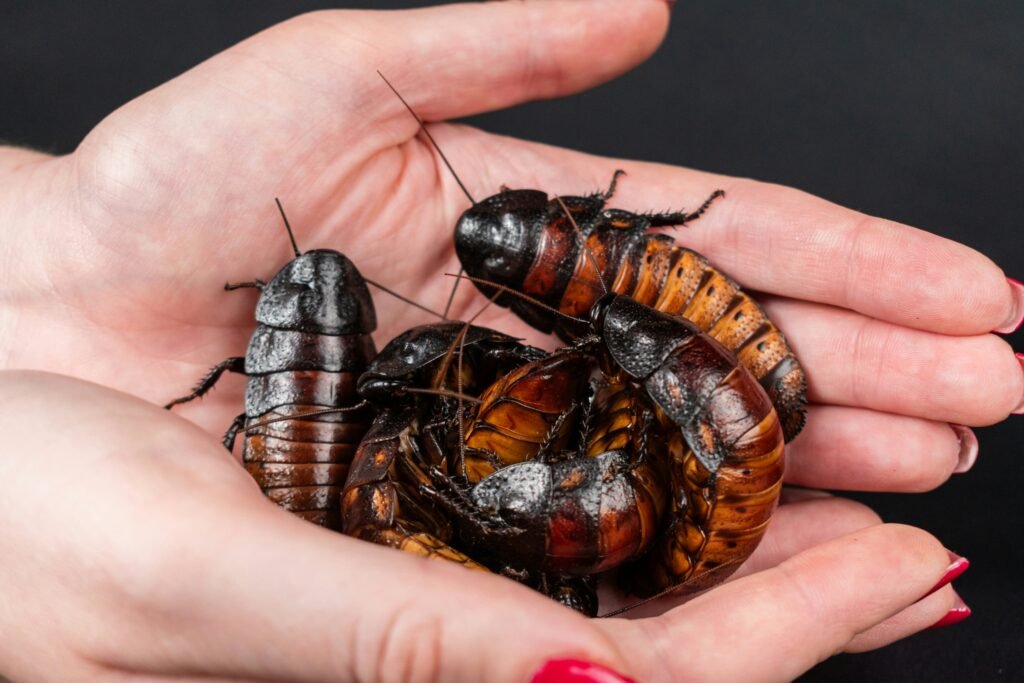
Cockroaches and certain beetles have shown resilience to high radiation levels.
5. Assassin Bugs Wear Their Victims as Armor
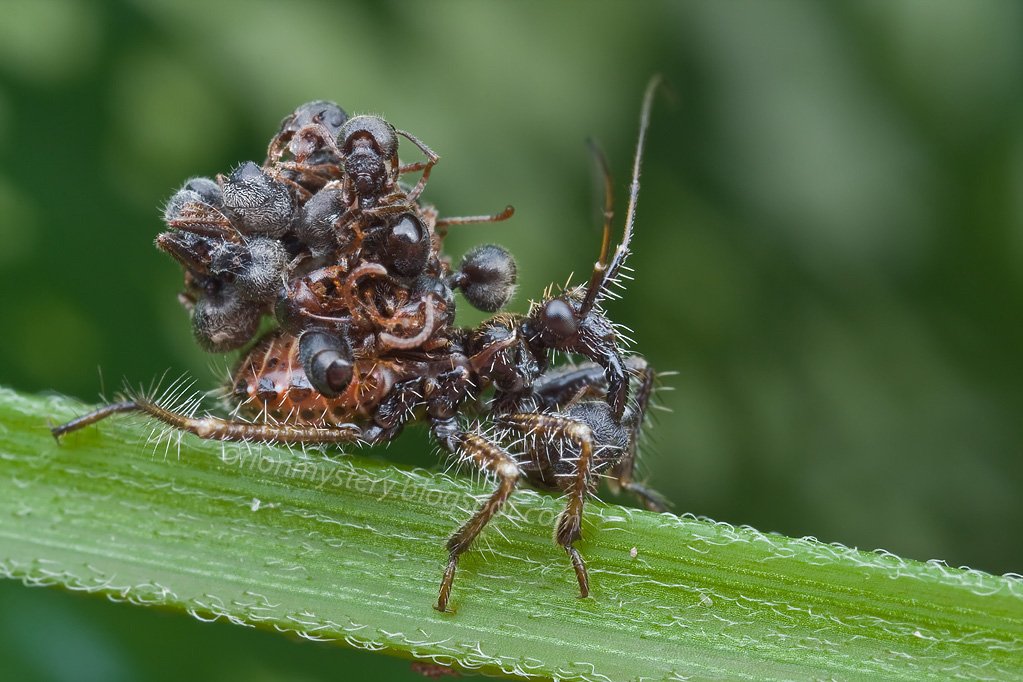
They stack corpses of past prey on their backs to deter predators.
4. The Jewel Wasp Controls a Cockroach’s Mind
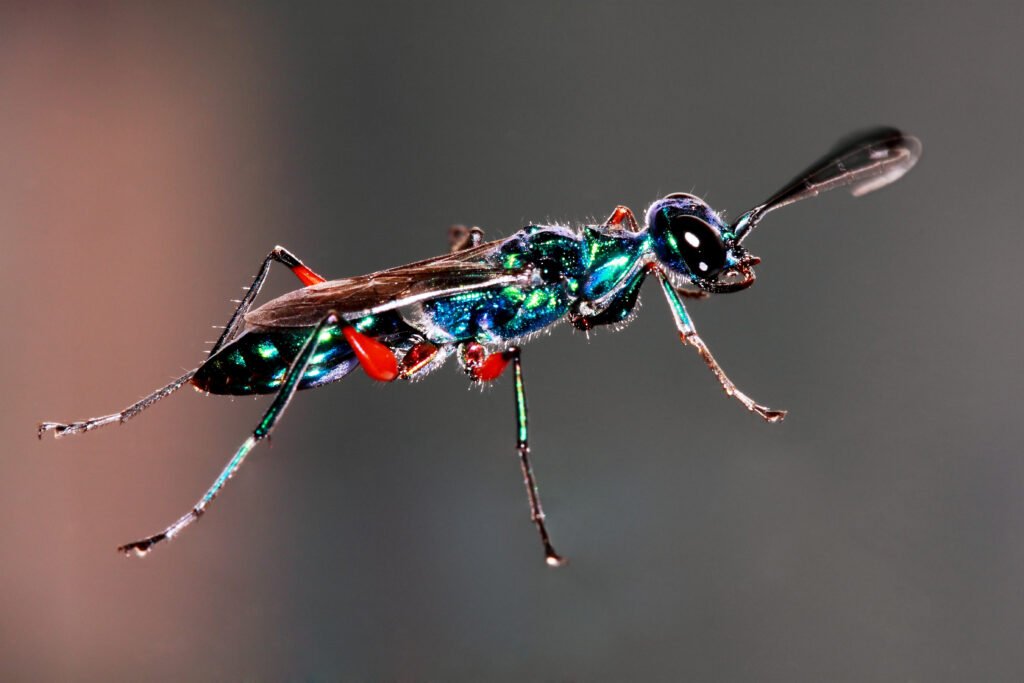
It injects venom into precise brain areas, turning the roach into a zombified food supply.
3. Tardigrade-Symbiont Beetles Survive Extreme Conditions
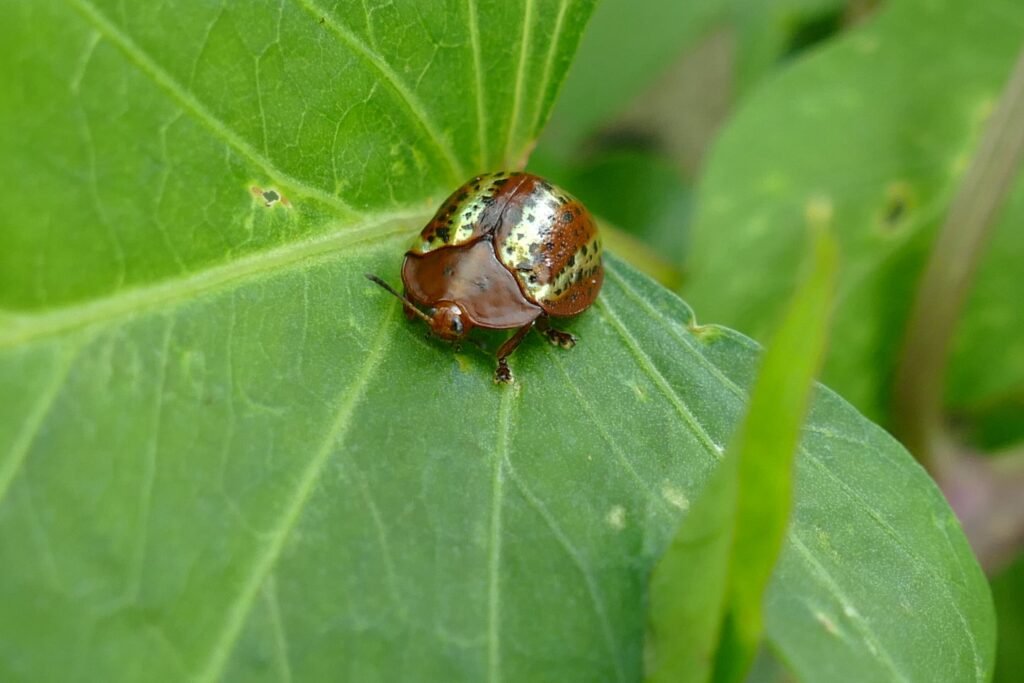
Some beetles have relationships with microorganisms that can survive vacuum and radiation.
2. Dragonfly Nymphs Jet-Propel Themselves Using Their Butts
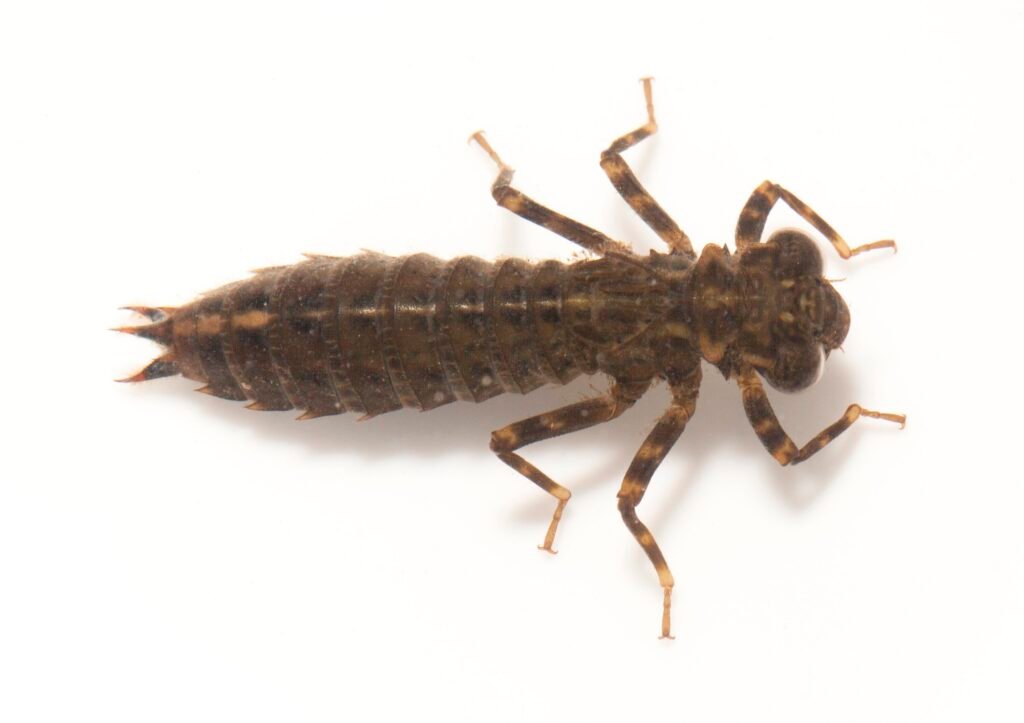
They suck in water and blast it out to escape predators underwater.
1. The Peacock Spider Performs Dance Battles Like a Mini Pop Star
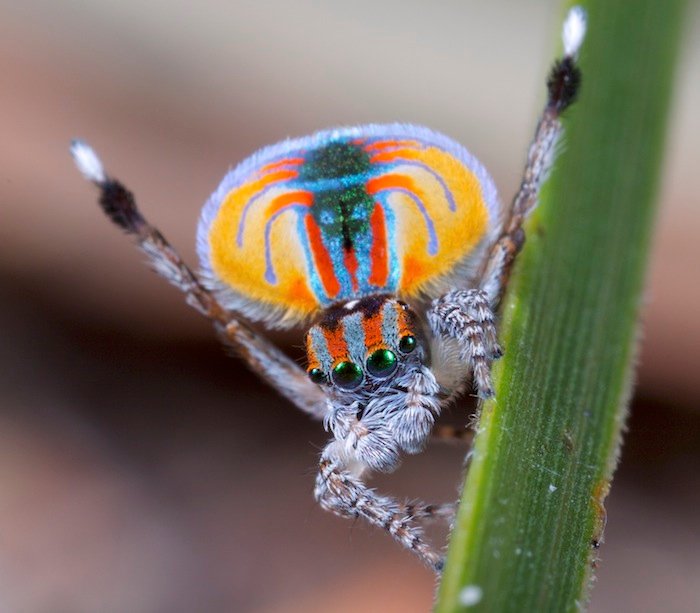
These colorful spiders do coordinated, species-specific dances to attract mates—complete with leg waves and abdominal flares.
Conclusion
Tiny in size but massive in impact, insects push the limits of biology with skills we’re only beginning to understand. Whether they’re creating chemical weapons, controlling other animals, or dancing for love, these creatures are living proof that nature’s most fascinating feats often come in the smallest packages.

